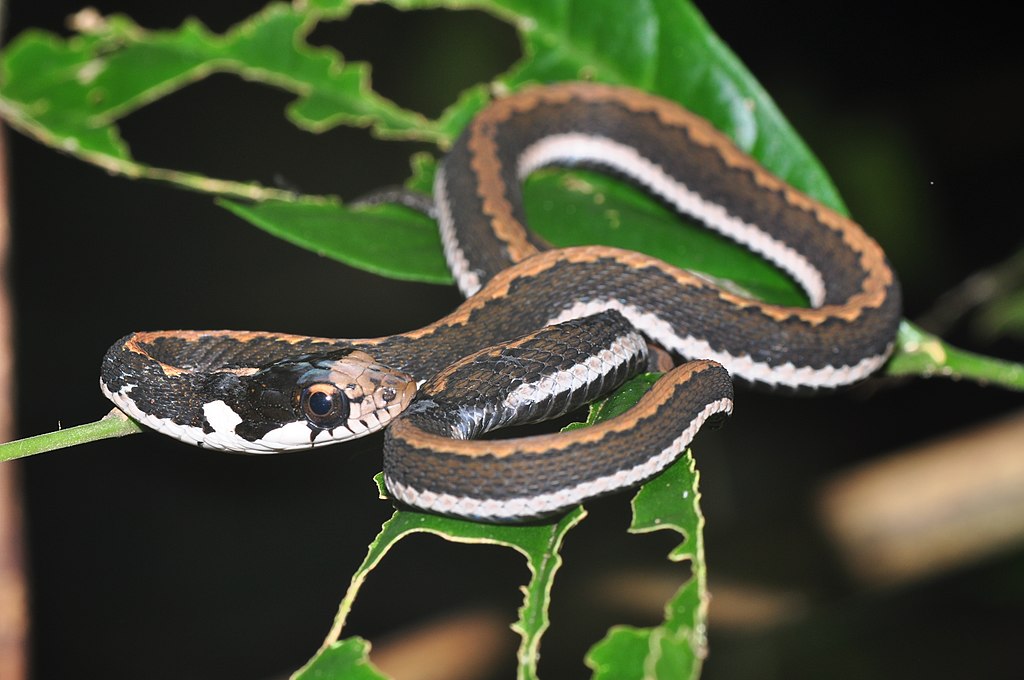When it comes to pet ownership, snake enthusiasts occupy a unique niche in the animal-loving community. While these reptilian companions provide fascinating, low-maintenance companionship, many snake owners eventually consider adding another pet to their household. This decision requires careful consideration, as not all animals coexist peacefully with snakes. Some may become prey, others predators, and some might introduce health risks to your scaled friend. This comprehensive guide explores the best companion animals for snake owners, considering compatibility, care requirements, space needs, and the overall harmony of your exotic pet household.
Understanding the Snake Owner’s Lifestyle
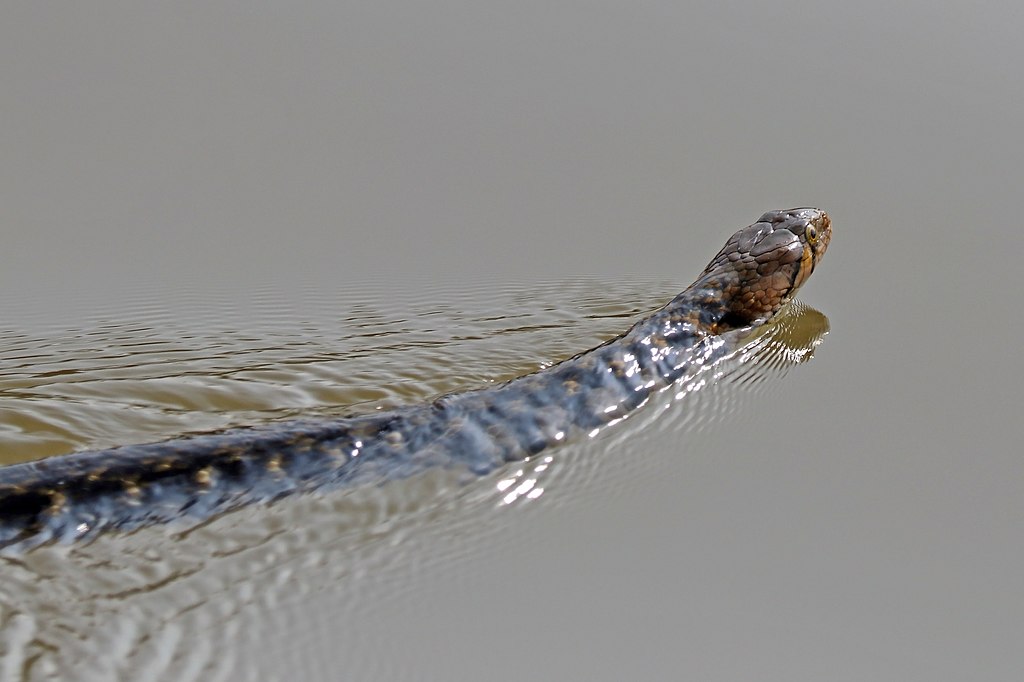
Snake owners typically appreciate certain qualities in their pets that might influence their choice of additional companion animals. The relatively low-maintenance nature of snakes—with infrequent feeding schedules, minimal noise, and contained living spaces—often appeals to individuals with busy lifestyles or limited space. This established routine means many snake enthusiasts prefer secondary pets that also require moderate care rather than animals demanding constant attention. Additionally, snake owners often appreciate the observational relationship they have with their reptiles, which might influence their desire for either another “display” pet or conversely, a more interactive companion. Understanding these lifestyle preferences helps narrow down the most suitable companion animals that will complement rather than complicate a snake owner’s existing pet care routine.
Safety Considerations for Multi-Pet Households
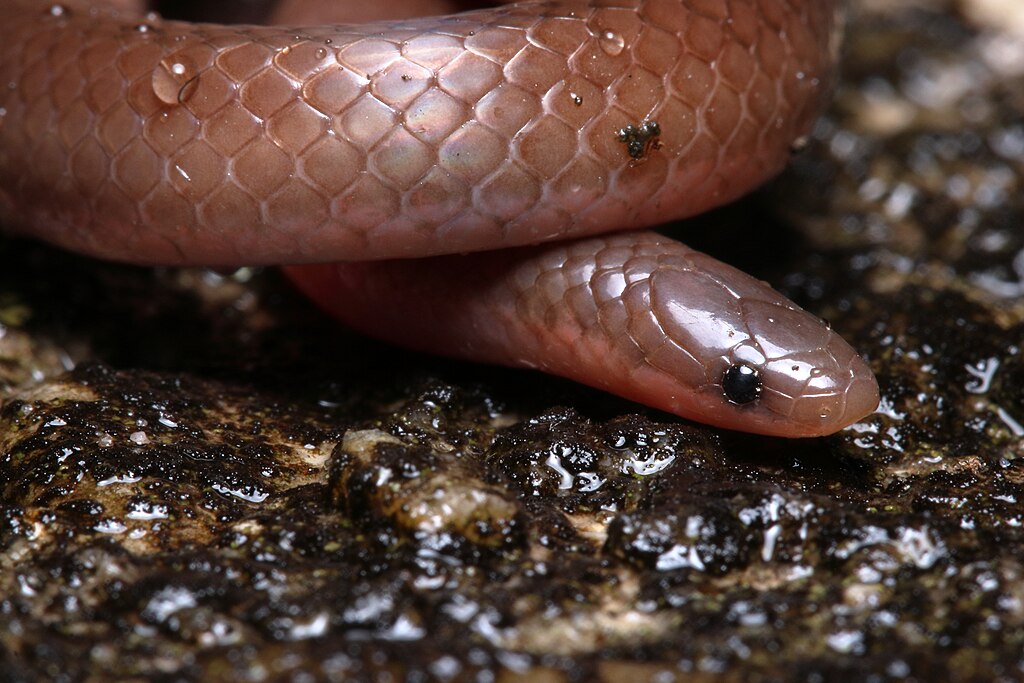
Before introducing any companion animal to a home with snakes, safety must be the primary concern for all creatures involved. Most importantly, snake enclosures should be secure and escape-proof, with locks if necessary, to prevent any dangerous interactions between your snake and other pets. Separate rooms for different species offers the safest arrangement, particularly for smaller pets that might be perceived as prey by certain snake species. Careful supervision during any cleaning or handling sessions is essential, never allowing direct contact between your snake and other pets regardless of how docile either animal appears. Additionally, establish distinct handling protocols—always wash hands thoroughly between handling different pets to prevent cross-contamination of scents and potential disease transmission that could harm either animal.
Cats as Companions for Snake Owners
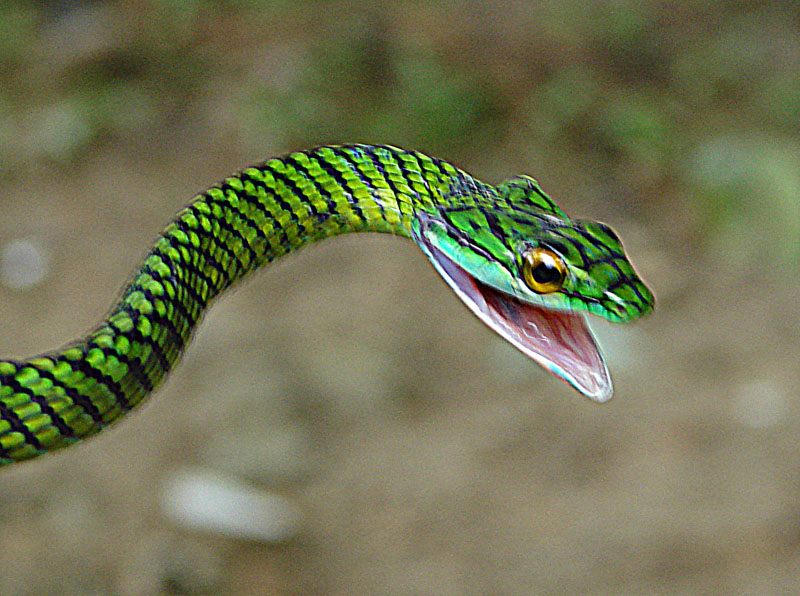
Cats often make excellent companions for snake owners due to their independent nature and similar care requirements in terms of autonomy. Many cats show curiosity about snake enclosures but typically maintain a respectful distance once they understand the boundaries, particularly when properly introduced to the concept as kittens. Their self-sufficient temperament means they don’t require the constant attention that might take away from snake care routines, and they generally adapt well to the feeding schedules that snake owners already maintain. However, secure enclosures are absolutely essential, as some cats may view smaller snakes as prey or may stress snakes by pawing at their habitats. The relationship works best when cats and snakes have separate spaces within the home, with the snake enclosure placed in an area that limits the cat’s ability to perch atop it or cause distress to your reptilian pet.
Dogs Compatible with Snake Ownership

Certain dog breeds can coexist peacefully with snakes when properly trained and socialized, though this combination requires more careful management than some other companion choices. Calm, trainable breeds like Labrador Retrievers, Basset Hounds, or well-trained Greyhounds often adapt better to homes with exotic pets due to their more predictable temperaments and lower prey drive compared to terriers or hunting breeds. Early exposure and positive reinforcement training are crucial—teaching commands like “leave it” and establishing the snake enclosure as an off-limits zone helps maintain safety for both animals. Dogs that bark excessively might stress snakes, so quieter breeds or those trained to limit vocalization generally make better companions. Most importantly, never leave dogs unsupervised around snake enclosures regardless of how well-trained they appear, as even the gentlest dog’s natural curiosity could lead to accidents or stress for your serpent.
Birds as Unexpected Companions
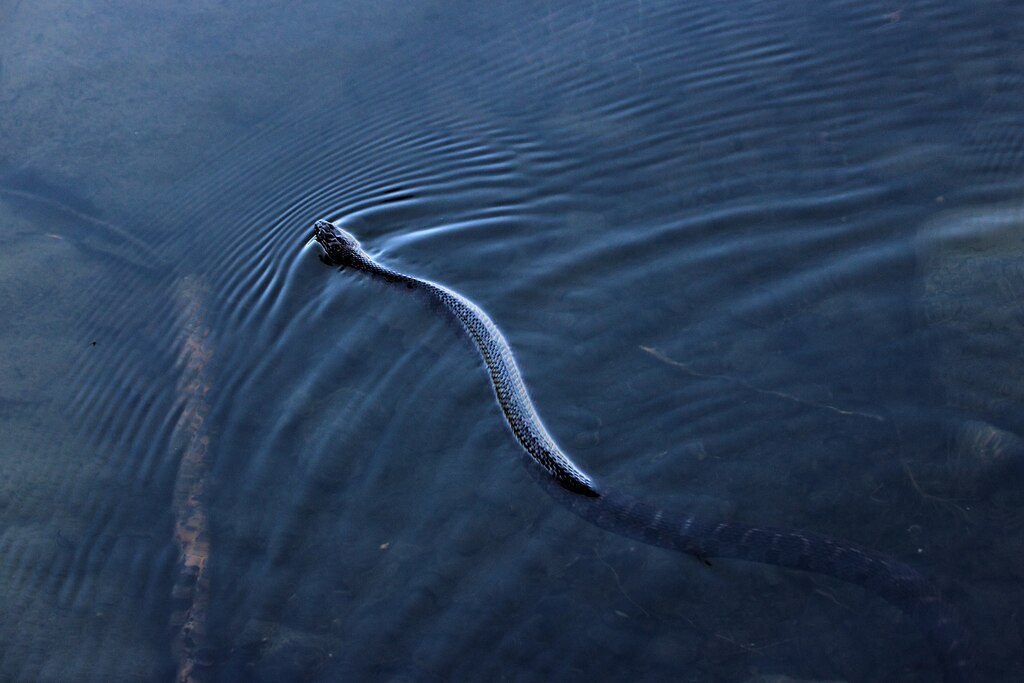
Birds present an interesting companion option for snake owners, particularly when considering medium to large species housed in secure cages. Cockatiels, budgies, and canaries can provide lively energy and interaction without directly threatening snake well-being when properly contained. The vertical space that birds occupy often complements the horizontal space utilized by snake enclosures, making efficient use of living quarters in smaller homes or apartments. Many snake owners appreciate the contrast between their quiet, observational reptile and the social, vocal nature of birds, which provides varied pet experiences within the same household. However, strict separation must be maintained at all times—birds should never be allowed free flight in rooms where snakes are handled, and separate air circulation systems are ideal to prevent respiratory issues for either pet from airborne particles like bird dander or substrate dust from snake enclosures.
Reptile Companions Beyond Snakes
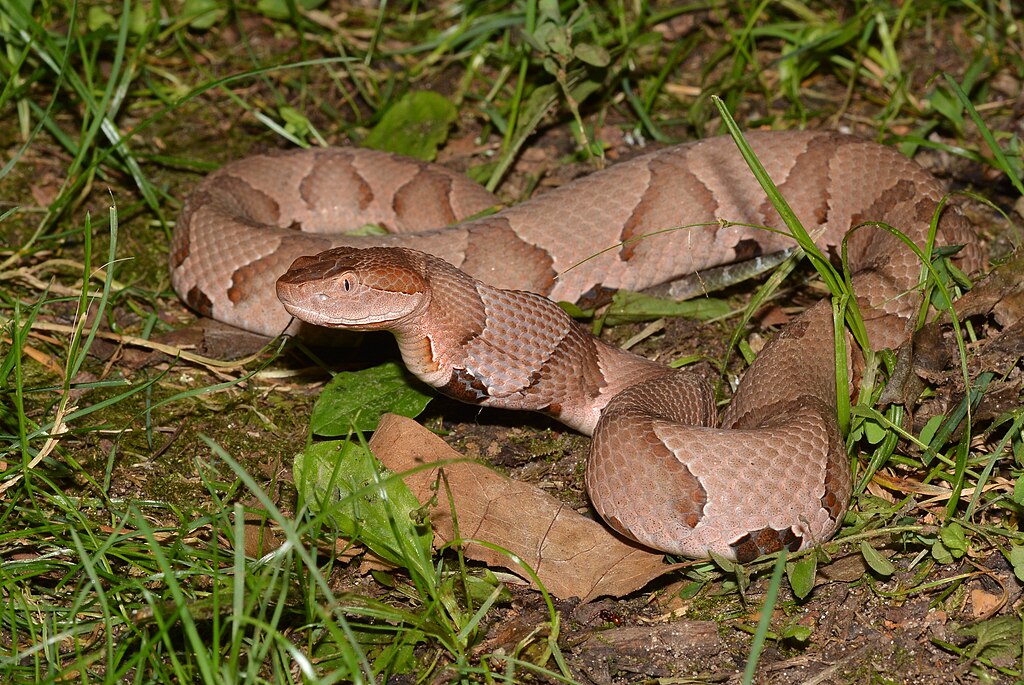
Many snake enthusiasts find that other reptile species make natural additions to their exotic pet family, expanding their herpetological knowledge and care skills. Bearded dragons and leopard geckos are particularly popular choices due to their docile temperaments, manageable sizes, and diurnal activity patterns that complement the often nocturnal habits of many pet snake species. These lizards require similar environmental considerations regarding temperature and humidity control, allowing owners to apply their existing reptile husbandry knowledge while experiencing different behavioral patterns and feeding requirements. Tortoises also pair well with snake ownership, offering extremely long lifespans and herbivorous diets that contrast with snakes’ carnivorous needs. Most importantly, separate enclosures must always be maintained for different reptile species, not only to prevent predatory interactions but also to address the specific environmental needs of each species and to limit potential disease transmission between animals with different immune responses and pathogen susceptibilities.
Fish Tanks and Aquatic Companions
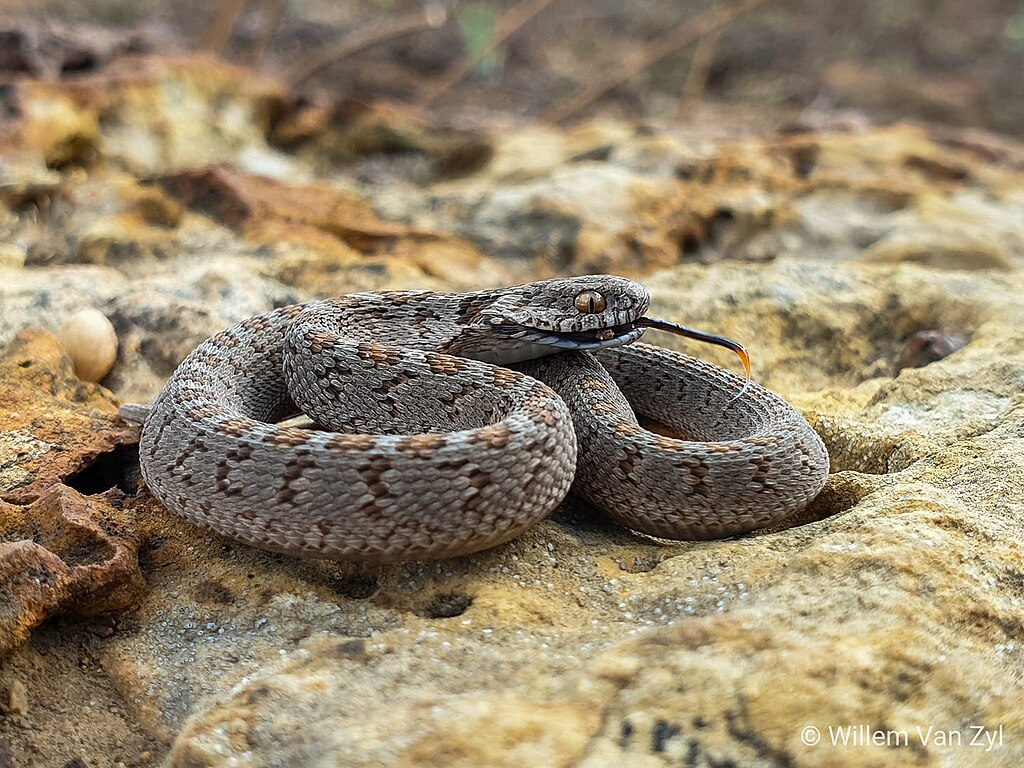
Aquariums make excellent companion displays for snake owners, creating a visually harmonious exotic pet display without risking interspecies conflict. The gentle bubbling of filters and subtle illumination from aquarium lights often establish a peaceful ambiance that complements the quiet nature of snake keeping. Maintaining tropical fish requires similar attention to environmental parameters as reptile keeping, including temperature management, water quality testing, and regular maintenance schedules that align well with the weekly or monthly routines of snake husbandry. From a practical perspective, fish tanks typically pose no threat to snakes when properly covered, and the separate ecosystems eliminate concerns about disease transmission or predatory instincts. Many snake owners find particular aesthetic satisfaction in creating naturalistic vivariums for both their aquatic and reptilian pets, sometimes even theming enclosures to represent different global ecosystems as an educational display within their homes.
Small Mammals to Avoid
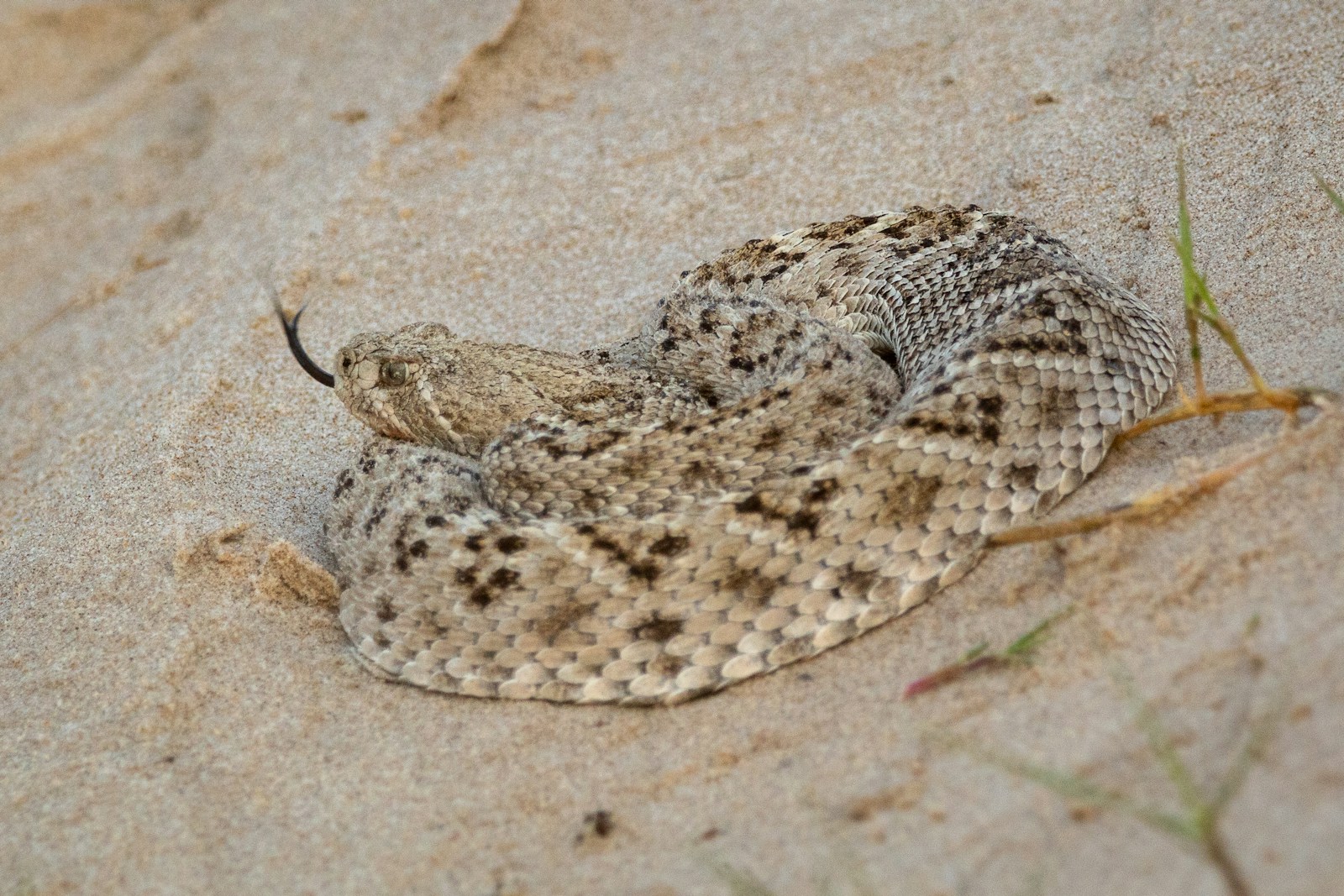
Despite their popularity as general pets, several small mammals should be avoided by snake owners due to fundamental incompatibility issues that create stress for both animals. Hamsters, gerbils, mice, and rats are particularly problematic as they constitute the primary prey for many snake species, creating an inherently stressful dynamic even when kept in separate enclosures. The prey animals may experience constant stress from detecting a predator’s presence through scent, while snakes might display excessive hunting behaviors or feeding responses that disrupt their normal routines. Beyond the psychological concerns, rodents often produce strong ammonia odors from their urine that can irritate snakes’ sensitive respiratory systems when housed in nearby proximity. The practical challenge of purchasing feeder rodents while simultaneously keeping similar species as pets can also create emotional conflicts for many owners, potentially complicating the feeding routine that’s essential to your snake’s health.
Amphibians as Complementary Pets
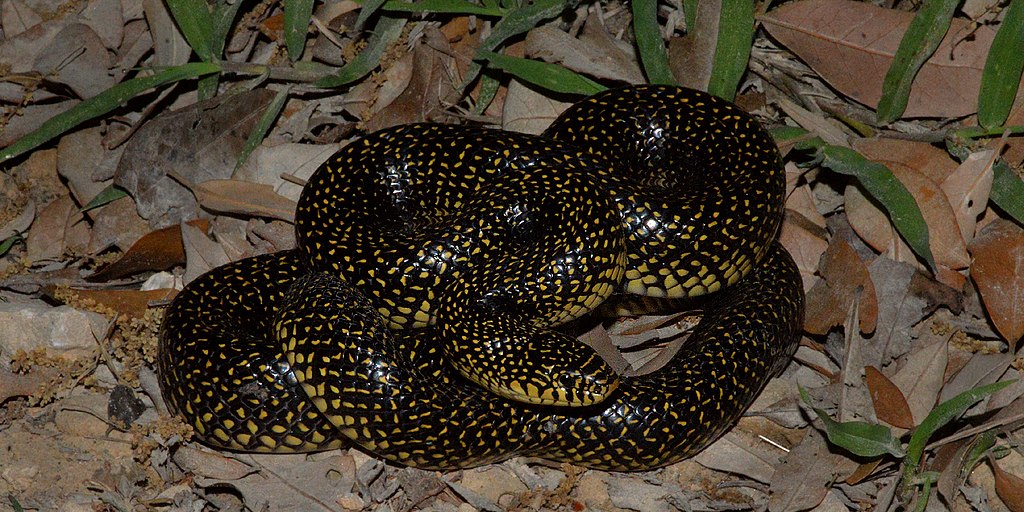
For snake owners interested in expanding their cold-blooded pet collection, certain amphibian species can make fascinating additions that utilize similar care knowledge while offering different behaviors and characteristics. Pacman frogs, White’s tree frogs, and various salamander species generally coexist well in households with snakes when maintained in their own secure habitats. These amphibians often thrive in bioactive, naturalistic vivariums that showcase different environmental adaptations than those seen in snake enclosures, expanding an owner’s experience with terrarium design and maintenance. Many amphibians display primarily nocturnal behaviors that align with common snake activity patterns, creating engaging evening observation opportunities for owners. However, strict hygiene protocols between enclosures must be maintained due to amphibians’ sensitive, permeable skin that makes them particularly vulnerable to chemicals, soaps, or pathogens that might be present on hands that have handled snake enclosures or the snakes themselves.
Invertebrates for the Exotic Pet Enthusiast

Invertebrates offer snake owners a fascinating companion pet option that occupies minimal space while introducing entirely different care parameters and behavioral patterns. Tarantulas, scorpions, and mantids provide similarly low-maintenance care schedules to snakes, often requiring feeding only once weekly and infrequent habitat maintenance. These arthropods typically stay contained within modest enclosures, making them suitable even for apartments or limited spaces where additional larger pets might not be feasible. Many snake owners appreciate the observational nature of invertebrate keeping, which mirrors the viewing relationship they have with their serpents rather than demanding interactive play or attention. From a practical perspective, invertebrates pose virtually no threat to snakes when properly contained, and their environmental needs (often dry terrariums with simple furnishings) frequently utilize similar equipment and knowledge that snake owners already possess, just applied differently to accommodate arthropod behaviors and physiological needs.
Guinea Pigs and Rabbits: Considerations

Medium-sized herbivorous mammals like guinea pigs and rabbits can coexist with snakes under specific circumstances, though this combination requires careful management and sufficient separation. These mammals generally fall outside the prey-size range for most commonly kept pet snakes (except very large constrictors, which should never be housed near smaller mammals), reducing predatory stress compared to keeping mice or hamsters. The herbivorous diet and distinct scent of these animals may trigger fewer feeding responses in snakes compared to rodents that are commonly used as prey items. However, proper housing remains crucial—these mammals should ideally be kept in a different room from snakes, with solid enclosures rather than wire cages that might allow scent to travel too freely. Additionally, these mammals require social interaction and floor time that should always occur in snake-free zones of the home, ensuring both pets can express natural behaviors without causing stress to either animal.
Creating Separate Spaces for Multiple Pets
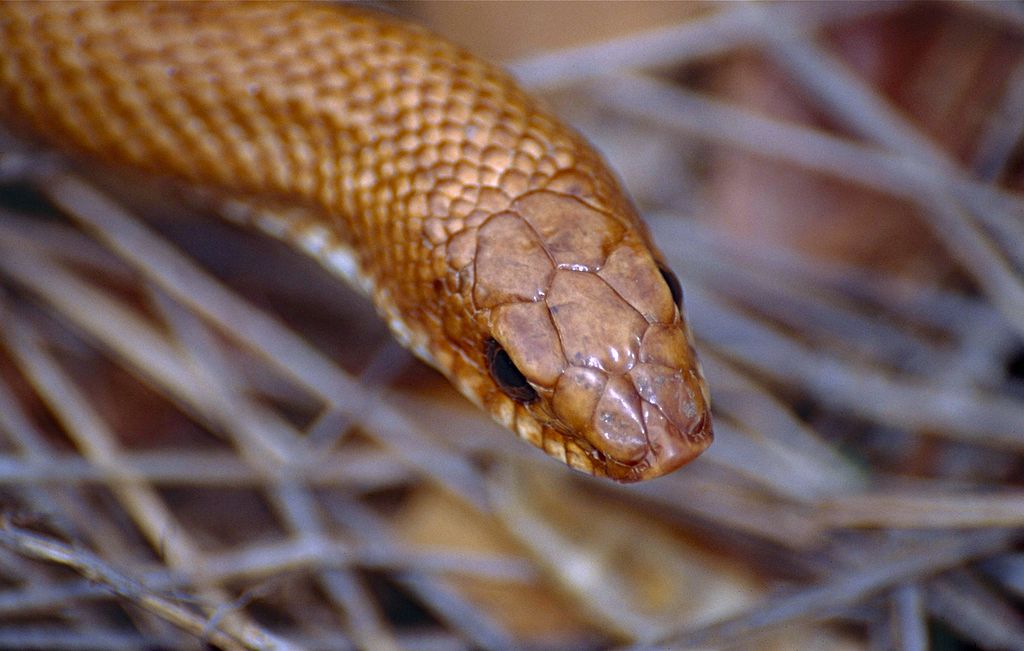
Successful multi-pet households with snakes typically implement strategic separation techniques that respect each animal’s territory and safety needs. Dedicated rooms provide the ideal solution, with snake enclosures in one space and companion animals housed in another, minimizing stress through visual and olfactory barriers. When separate rooms aren’t possible, strategic furniture arrangement can create distinct zones within shared spaces, with solid barriers or significant distance between different species’ habitats. Air purification systems with HEPA filters can help reduce cross-contamination of scents and dander between pet areas, benefiting especially sensitive species like birds and reptiles. The creation of specific handling areas for each pet type further reinforces safety protocols, with designated surfaces for snake interaction that remain completely separate from spaces where other pets receive attention or care, reducing the risk of accidental encounters or stress-inducing scent transfer between different species.
Balancing Care Requirements and Time Management

Successfully maintaining multiple pet species requires thoughtful scheduling and organization to ensure all animals receive appropriate care without overwhelming the owner. Many snake enthusiasts find success with staggered maintenance schedules—perhaps performing snake habitat cleaning on weekends while addressing daily companion animal needs on weekdays—creating manageable routines rather than concentrated pet care sessions. Digital or physical calendars dedicated to tracking feeding schedules, vitamin supplementation, veterinary appointments, and habitat maintenance for each species help prevent overlooking critical care aspects for any animal. Investing in efficient equipment like automatic timers for lights, misting systems for reptiles, or quality water filters for aquariums can reduce daily maintenance demands while maintaining optimal conditions. Most importantly, prospective multi-pet owners should honestly assess their available time before adding companions, ensuring they can meet each animal’s needs without compromising the quality care their snake currently receives or creating unsustainable routines that might eventually lead to pet relinquishment.
Finding Specialized Veterinary Care
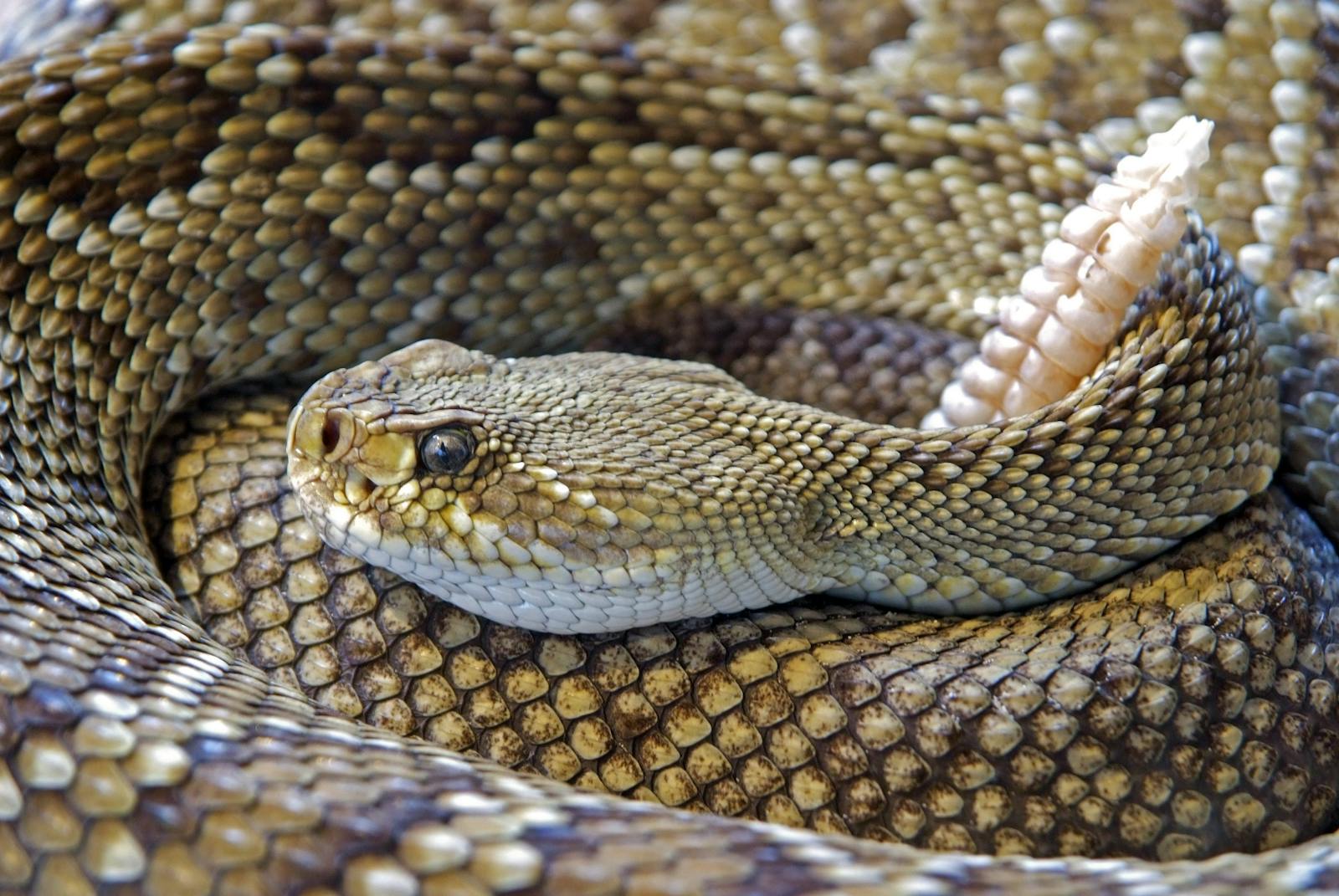
Before adding companion animals to a snake-owning household, research the availability of appropriate veterinary care for all species involved in your location. Exotic animal veterinarians with experience treating both reptiles and your potential companion animal provide the ideal medical support system, offering comprehensive care under one practice. Many urban areas now feature dedicated exotic pet clinics that specialize in non-traditional pets, though rural snake owners might need to travel significant distances for emergency care for certain companion species. Establish relationships with qualified veterinarians before emergencies arise, scheduling wellness exams for each new pet to create medical baselines and discuss preventative care specific to multi-species households. Additionally, maintain a detailed list of emergency veterinary options for each pet type, including after-hours contact information and facility addresses, as regular veterinary hospitals often lack expertise in exotic species and might refuse emergency treatment for animals like snakes, invertebrates, or exotic birds that require specialized knowledge.
Conclusion

Finding the perfect companion animal as a snake owner involves balancing your lifestyle, available space, and the specific needs of all pets involved. With proper planning, many animal species can peacefully coexist with snakes in the same household. The key lies in understanding each animal’s requirements, maintaining appropriate separation, and creating management systems that ensure the health and safety of all your pets. Whether you choose the independent nature of cats, the aquatic world of fish, the fascinating behaviors of invertebrates, or another reptile species to expand your cold-blooded collection, thoughtful preparation will lead to a harmonious multi-pet household that provides diverse and rewarding relationships with the animal kingdom.

